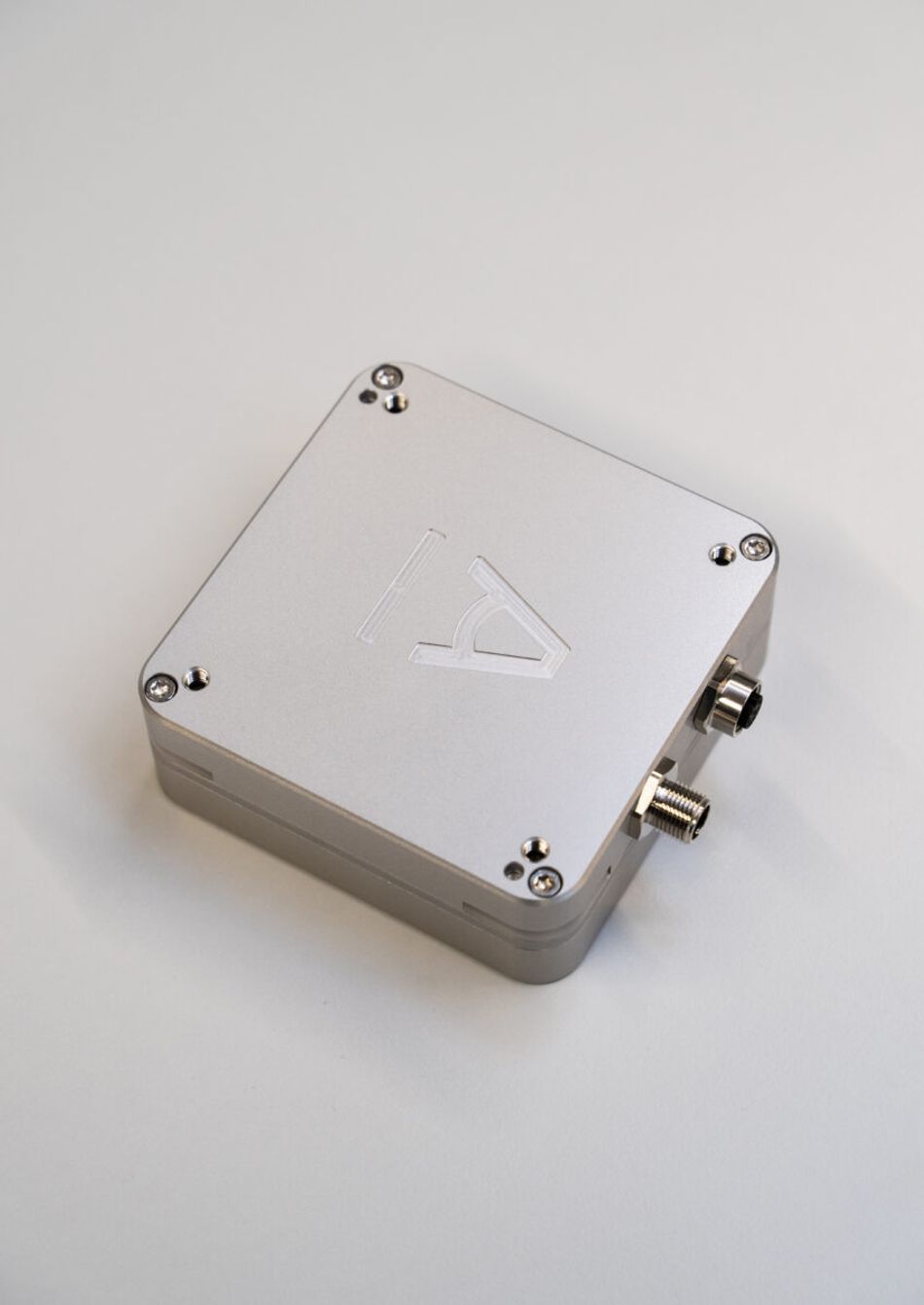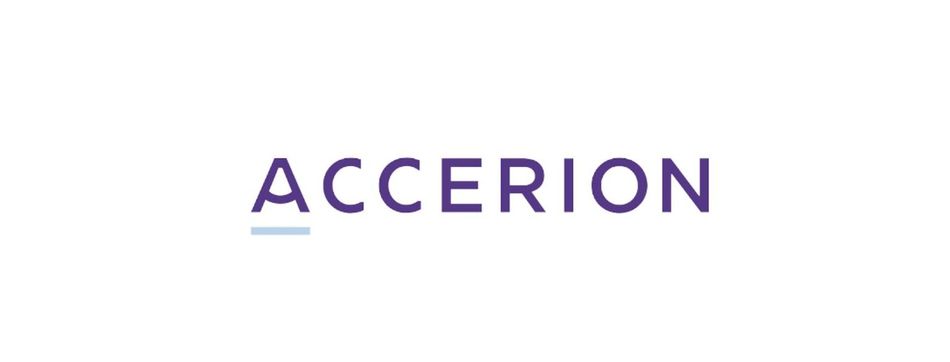Advanced positioning technology guiding mobile robots to Industry 4.0.
Technology leveraging SLAM and Computer Vision accelerates the warehousing towards Industry 4.0.
This is the second of a 2-part series about the automation of warehousing. Read article one here.
A new era of warehousing
The warehousing industry is rapidly evolving as the e-commerce market continues to expand. [1] The move to online shopping, a growing sector of ‘subscription’ products, and the global supply chain crisis exacerbated by the COVID pandemic has sharpened the need for automating the sector.[2] The application of Industry 4.0 principles in warehouses has driven an increase in automated guided vehicles (AGVs), autonomous mobile robots (AMRs), indoor navigation systems, and agile communication networks to deliver seamless product storage and dispatch. [3]
For the industry to meet its automation potential, it needs to overcome legacy warehouse issues that rely on infrastructure-based navigation systems, unscalable communication systems, and low-accuracy positioning systems. [4] This article looks at the technology from Dutch-based start-up Accerion, which is working to revolutionize the warehousing future with an advanced positioning technology with sub-millimeter accuracy.
Current issues for warehouses
Accurate and reliable automation of warehousing faces a number of challenges, including an over-reliance on guidance infrastructure. Many indoor navigation systems for AGVs rely on physical infrastructure for their operation. Grid-based navigation systems need QR codes or transponders that the AGVs use to locate themselves in space while optical-based navigation systems rely on reflectors for navigation guidance. [7] Once this guidance infrastructure is built it can be challenging to change or re-deploy when the warehouse layout needs expanding or updating. QR codes also have the potential to break or become unreadable over time which can result in robots getting lost during operations.
The demands of the Industry 4.0 warehouse
As we enter a new phase of commerce shaped by emerging technologies and customer demand the role and function of the warehouse are changing. Warehousing and logistics are evolving from large, rigid systems into modular, software-driven solutions that are robot-supported and self-optimizing. The future of warehouse management and distribution requires agility, full automation, and smart data.
Automated fleets of AGVs and AMRs require a combination of technological solutions to provide the desired openness and flexibility that Industry 4.0-ready warehouses demand. Warehouses will require drastically different functionality in robots depending on the deployment, carrying capacity, and function – however, a central attribute is highly accurate navigation and localization.

Automation of Warehousing Industry with Accerion
Accerion is a Dutch-based startup providing advanced indoor positioning systems. [10] Its core product is Triton, a modular AGV and AMR navigation solution built for high-volume robot fleets. Triton is a sandwich-sized device attached to AGVs to provide absolute positioning with sub-millimeter accuracy. Its size (measuring only 110*110*40 mm) and low mounting clearance makes it possible to utilize it with most guided vehicles or mobile robots. [9]Moreover, it uses only 15W power during operation (6W in sleep mode).
How Triton Maps and localizes
Triton uses Simultaneous Localization and Mapping (SLAM) and Texture Vision Technology to provide highly accurate positioning for AGVs without any additional infrastructure.
SLAM is is a method used to create a map of an environment while localizing a moving mobile robot in the environment at the same time. Before Triton is deployed on a fleet, the warehouse area is mapped using SLAM. Virtual lines of references from the natural floor surface are created and managed by the Triton sensor. The Triton sensor then uses Accerion’s proprietary Texture Vision Technology to locate the robots in space by looking directly at the floor and using the unique microstructures of the warehouse floor to determine the location of the robot. The sensor measures pure displacement, allowing mobile robots to move with sub-millimeter accuracy.

Consequently, Triton can be deployed in warehouses with varying topographies without the need for additional physical infrastructure to assist with guidance. Due to Triton’s accurate positioning, vehicles navigate can now operate within closer proximity of each other. Triton allows AMR’s to create a detailed map of the operating environment’s floor. This provides robots fitted with Triton to autonomously navigate within dynamic environments with minimal interruptions or downtime due to changes in the environment.
Triton can be interfaced with using Accerion’s C++ API or ROS wrapper, and is plug-and-play compatible with Navitec’s navigation software, NAVITROL. This flexibility allows Triton to be used in a wide range of AMR and warehousing applications. [9]
Triton can create dense coordinate maps for better accuracy, providing precise docking and the ability to work with heavy vehicles and forklifts. Subsequently, Triton can be utilized for applications such as inbound logistics, replenishment of picking stock, Goods to Person, Person to Goods, load consolidation, and parcel sortation within the supply chain. [11]
Conclusion
Automation is a necessary step for warehousing to reach its Industry 4.0 potential. Agile, flexible and highly accurate robots and vehicle fleets will be central to this. The robots will need to be supported by cutting-edge navigation tools that enable fleets to overcome the challenges of dynamic environments and rapid growth.
Accerion’s Triton has the ability to be deployed on any mobile fleet and provide sub-millimeter position accuracy. Proving fleets with the ability to move with speed and agility within an environment, navigate around obstacles and dock accurately. Accerion is shaping the future of industrial and warehouse automation and enabling the push towards Industry 4.0.
About the sponsor: Accerion
Accerion has developed a breakthrough, patent-pending positioning technology which can be integrated into automated vehicles and mobile robots. Our module uniquely enables automated vehicles to navigate in dynamic environments, both indoors and outdoors, without requiring infrastructure outside the vehicle or robot.
We provide a positioning module as a single system for integration in new and existing equipment. This module enables manufacturers of robots and automatic vehicles to create new flexible and cost-effective logistics solutions. These solutions will drive automation and efficiency in warehousing, manufacturing, and many other industries.
References
1. Babar K. E-commerce, 3PL drive up warehousing rentals [Internet]. The Economic Times2022 [cited 2022 Jul 12];Available from: https://economictimes.indiatimes.com/industry/services/property-/-cstruction/e-commerce-3pl-drive-up-warehousing-rentals/articleshow/92555833.cms
2. Mortimer G, Bowden J, Pallant J, Grimmer L, Grimmer M. COVID-19 has changed the future of retail: there's plenty more automation in store [Internet]. The Conversation2020;Available from: https://theconversation.com/covid-19-has-changed-the-future-of-retail-theres-plenty-more-automation-in-store-139025
3. Abdirad M, Krishnan K. Industry 4.0 in Logistics and Supply Chain Management: A Systematic Literature Review. Engineering Management Journal 2020;1–15.
4. Ali I, Phan HM. Industry 4.0 technologies and sustainable warehousing: a systematic literature review and future research agenda. The International Journal of Logistics Management 2022; ahead-of-print(ahead-of-print).
5. Thrun S. Simultaneous Localization and Mapping. Robotics and Cognitive Approaches to Spatial Mapping 2007;13–41.
6. Efren Gorrostieta Hurtado. Applications of mobile robots. London: Intechopen; 2019.
7. Association for Advancing Automation. AGV navigation: what are the possibilities? [Internet]. Automate2019 [cited 2022 Jul 12]; Available from: https://www.automate.org/news/agv-navigation-what-are-the-possibilities
8. Cheng Y, Wang GY. Mobile robot navigation based on lidar. 2018 Chinese Control And Decision Conference (CCDC) 2018.
9. Accerion. Meet Triton: Small and versatile … and taking robots where they've never gone before [Internet]. Accerion2020 [cited 2022 Jun 27];Available from: https://accerion.tech/news/meet-triton-small-and-versatile-and-taking-robots-where-theyve-never-gone-before/
10. Accerion. About [Internet]. Accerion [cited 2022 Jun 27]; Available from: https://accerion.tech/about/
11. Accerion. Triton's Texture Vision Technology enables high-performance mobile robot operations [Internet]. Accerion2022 [cited 2022 Jun 27];Available from: https://accerion.tech/news/tritons-texture-vision-technology-enables-high-performance-mobile-robot-operations/
12. Accerion. Mapping with SLAM: the first step to automating warehouse operations [Internet]. Accerion2022 [cited 2022 Jul 12];Available from: https://accerion.tech/news/mapping-with-slam-the-first-step-to-automating-warehouse-operations/
13. Javaid M, Haleem A, Singh RP, Rab S, Suman R, Khan S. Exploring relationships between Lean 4.0 and manufacturing industry. Industrial Robot: the international journal of robotics research and application 2021.


